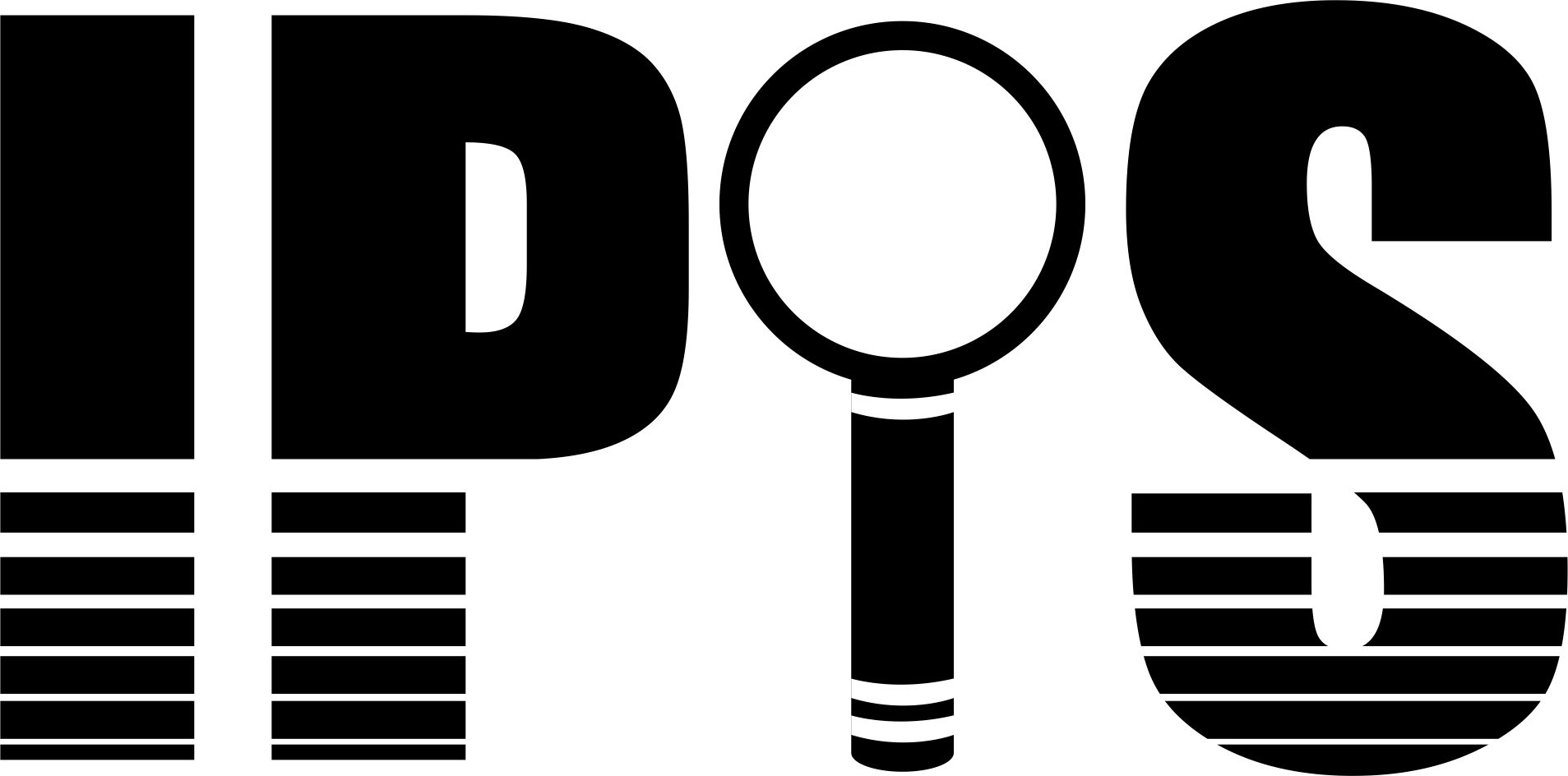“Outdoor air pollution in cities is a major health problem. Much effort and money continue to be spent cleaning up pollution in the outdoor air. But air pollution can be a problem where you least expect it, in the place you may have thought was safest — your home. Many ordinary activities, such as cooking, heating, cooling, cleaning and redecorating, can cause the release and spread of indoor pollutants at home. Studies have shown that the air in our homes can be even more polluted than outdoor air. Many Americans spend up to 90% of their time indoors, often at home. Therefore, breathing clean indoor air can have an important impact on health. People who are inside a great deal may be at greater risk of developing health problems, or having problems made worse by indoor air pollutants. These people include infants, young children, the elderly and those with chronic illnesses. Many factors determine whether pollutants in your home will affect your health. They include the presence, use and condition of pollutant sources, the level of pollutants both indoors and out, the amount of ventilation in your home, and your overall health.
What are Biological Pollutants?
Biological pollutants are or were living organisms. They promote poor indoor air quality and may be a major cause of days lost from work and school, and of doctor and hospital visits. Some can even damage surfaces inside and outside your house. Biological pollutants can travel through the air and are often invisible. Some common indoor biological pollutants are:
- animal dander (minute scales from hair, feathers, or skin);
- dust mite and cockroach parts;
- infectious agents (bacteria and viruses); and
- pollen.
Some of these substances are in every home. It is impossible to get rid of them all. Even a spotless home may permit the growth of biological pollutants. Two conditions are essential to support biological growth: nutrients and moisture. These conditions can be found in many locations, such as bathrooms, damp or flooded basements, wet appliances (such as humidifiers and air conditioners), and even some carpets and furniture. Modern materials and construction techniques may reduce the amount of outside air brought into buildings, which may result in high moisture levels inside. Using humidifiers, unvented heaters, and air conditioners in our homes has increased the chances of moisture forming on interior surfaces. This encourages the growth of certain biological pollutants.” – InterNACHI
To read more on pollutants, click here.
